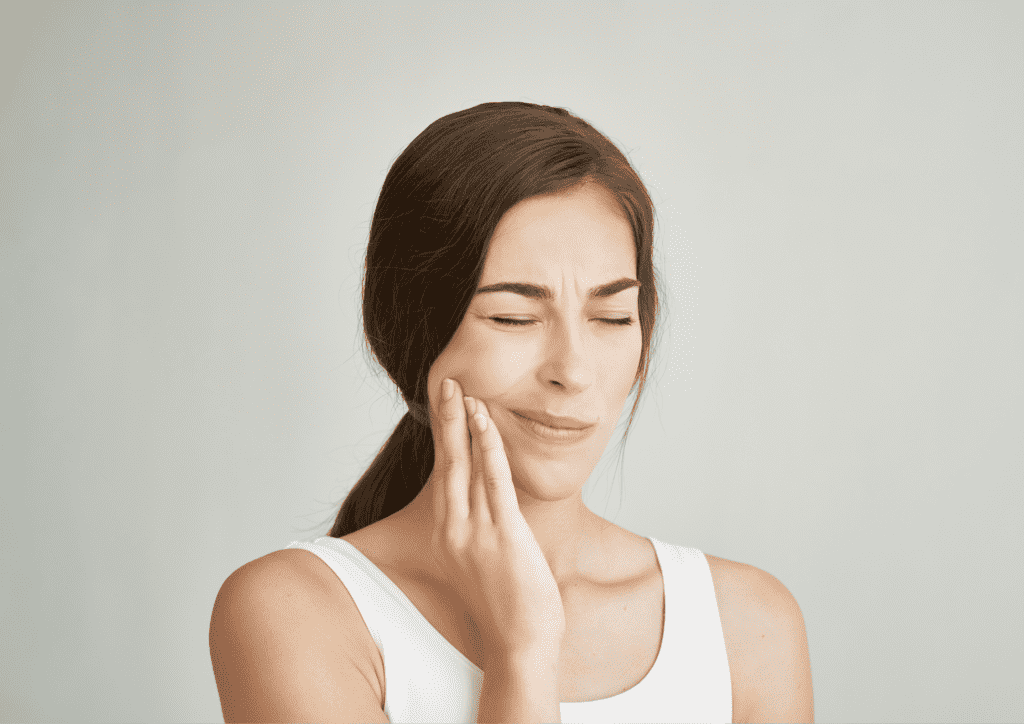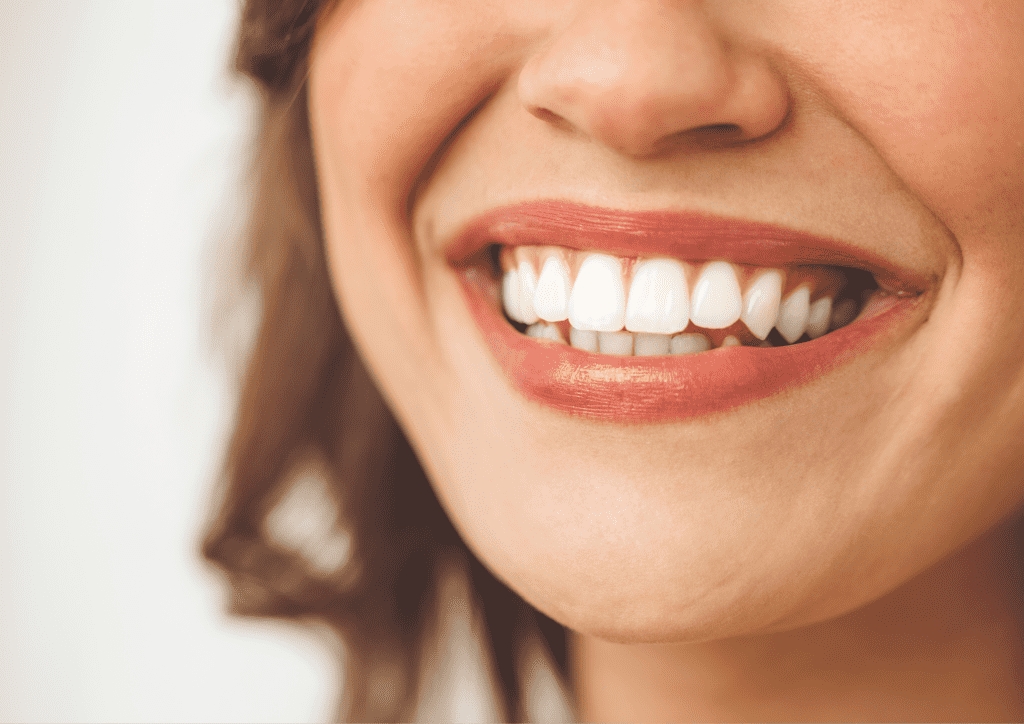Are you having a difficult time deciding between Invisalign and braces? Most people don’t like the appearance of metal braces and usually opt for clear aligner options like Invisalign. But appearance cannot be the only discerning factor in orthodontic treatment. Your specific orthodontic issue and oral health must always come first.
If you’re confused about orthodontic treatments or the level of care required with an Invisalign treatment, we’re here to help. Learn what is involved in Invisalign treatment, the dos and don’ts, pros and cons, and maintenance tips to take the first step towards a straighter smile.
What is Invisalign?
Invisalign is an orthodontic treatment that involves using a series of clear, removable aligners to straighten and align teeth. Unlike traditional braces, which use metal brackets and wires, Invisalign aligners are made of a smooth, transparent plastic material. This makes them virtually invisible, giving adults and teenagers a more aesthetic option than traditional braces.
The entire treatment plan is created using advanced 3D imaging technology, creating a virtual model of your teeth for targeted and predictable treatment outcomes. The aligners are custom-made for a precise fit, and each tray is worn for 7 – 10 days, 22 hours daily before being discarded. Once the treatment is complete, you’re given a clear retainer to wear which cements your newly straightened teeth into place.
What are the pros and cons of Invisalign?
When it comes to clear aligners, Invisalign is one of the most popular treatments worldwide, with over 14.5 million patients. It has helped many people achieve a straighter smile comfortably without worrying about aesthetics. Let’s go into the pros and cons of Invisalign to help you understand how Invisalign works:
Pros
Aesthetics
One of the main advantages of Invisalign is its discreet appearance. The aligners are made of flexible and transparent plastic, making them much less noticeable than traditional braces. This can be particularly appealing for individuals conscious of their appearance during orthodontic treatment.
Easier Oral Hygiene
Maintaining your oral hygiene is easier with Invisalign because there are no wires and brackets to contend with. You can brush and floss normally after removing your aligners, putting them back on after your teeth and gums are clean.
Comfort
Invisalign aligners are generally more comfortable than braces since they do not have metal brackets or wires that can irritate teeth and gums. The aligners are custom-made to fit snugly over the teeth for added comfort.
Less Dietary Restrictions
With Invisalign, there are no dietary restrictions. The aligners can be removed during meals, allowing you to enjoy your favourite foods without worrying about damaging braces or getting food stuck in them.
Predictable Treatment
Invisalign treatment utilises advanced 3D computer imaging technology to plan and predict the movements of the teeth. This helps create a precise treatment plan, allowing for more predictable treatment outcomes.
Cons:
Less effective for complex issues
Though Invisalign can address a wide range of orthodontic issues, it may not be suitable for all cases. Traditional braces or other orthodontic treatments may be more effective in some situations.
Requires Compliance
Invisalign treatment requires dedication and consistency. The aligners should be worn for 22 hours daily for optimal results. Not doing so can prolong the treatment and hinder your progress.
Cost
Invisalign treatment can be more expensive than traditional braces. The exact cost generally depends on the treatment time and the complexity of your orthodontic issue.
Dos and Don’ts of Eating with Invisalign
While Invisalign is a fairly convenient orthodontic treatment with fewer restrictions than traditional braces, there are certain things you must take care of to achieve optimal results. They include:
Dos of Eating with Invisalign
- Always remove your aligners before eating, as they can get stained or damaged.
- Thoroughly clean your aligners before putting them back on to keep them in pristine condition.
- Brush and floss your teeth before inserting your aligners so no food particles or bacteria remain on your teeth. Poor oral hygiene can lead to plaque buildup, tooth decay and an increased risk of gum disease.
- Drink plenty of water to avoid a dry mouth and increase saliva production to protect your mouth from bacteria.
An additional tip to protect and keep your aligners clean is soaking them in water once a day and storing them in your aligner case to avoid losing or misplacing them. Since Invisalign aligners are custom-made, it may take a while to get new ones, and this can potentially hamper your treatment progress if you lose or break them.
Don’ts of Eating with Invisalign
- Don’t eat or drink anything (except water) while wearing your aligners as this can damage or stain them.
- Avoid drinking hot beverages or foods because Invisalign aligners are made from plastic material. They can get warped from extreme temperatures.
- Stay away from sticky foods like chewing gum or hard foods like candy when wearing your aligners. If you have Invisalign attachments on your teeth, don’t eat sticky or chewy foods as they are permanently bonded to your teeth throughout the treatment.
- Never skip cleaning your aligners and teeth after removing the aligners, no matter how lazy you feel.
How to maintain the results after Invisalign treatment
Congratulations! Your Invisalign treatment is complete, and you have a newly aligned smile. But how do you maintain your results after? Here are a few tips to help you keep your smile looking brand new after Invisalign:
Wear your retainers
Retainers help prevent your teeth from shifting back to their original positions. Follow your dentist’s instructions regarding wearing your retainers, whether it’s full-time initially or transitioning to nighttime wear. Consistency is key to maintaining your results.
Practise good oral hygiene
Continue to brush your teeth at least twice a day and floss daily. Proper oral hygiene helps prevent tooth decay, gum disease, and other dental issues. Clean your retainers regularly per your dentist’s instructions to ensure they stay clean and odour-free.
Visit your dentist regularly
Schedule regular dental check-ups and cleanings as recommended by your dentist. These visits allow your dentist to monitor your oral health, assess the stability of your results, and make any necessary adjustments or corrections if needed.
Avoid bad habits
Be conscious of habits that can negatively impact your teeth alignment. Avoid activities like nail-biting, using your teeth as tools, as they can potentially affect the alignment of your teeth and damage your retainers.
Maintain a healthy diet
Continue to make smart dietary choices to promote good oral health. Limit your consumption of sugary foods and drinks that can contribute to tooth decay. Incorporate a balanced diet with plenty of fruits, vegetables, lean proteins, and whole grains for overall oral and general health.
Protect your teeth
If you participate in contact sports or activities with a risk of dental injury, make sure to wear a mouthguard to protect your teeth.
Address any concerns promptly
If you notice any changes or issues with your teeth or bite after completing Invisalign treatment, don’t hesitate to contact your dentist. Addressing concerns early can help prevent potential relapse or the need for additional treatment.
Is Invisalign the right choice for you?
Still confused about Invisalign being the right choice for you? The first step is to consult your dentist to evaluate your dental requirements. While Invisalign can correct most orthodontic problems, especially with the use of attachments, elastics and mandibular advancement features, there are still some complex issues like deep bites, intrusion, and extrusion that may require alternative treatments. Your dentist can provide clarity through assessment and 3D mapping to allow you to make an informed decision.
Other factors including lifestyle, budget, and commitment should also be considered. If you cannot be consistent about wearing and maintaining your aligners, it’s better to opt for non-removable options like braces. There are also ceramic and lingual braces which are less visible. However, if aesthetics is your main concern, then Invisalign is the ideal option. Discuss all the options with your dentist, aligning them with your requirements, budget, treatment times and the complexity of your issue to make the right choice.
Invisalign Treatment in Ballarat
Start your smile journey with Dana Street Dental. Whether you’re looking for subtle clear aligner options like Invisalign and Inman Aligners or the revolutionary Damon Braces, we’ve got you covered. With a personalised treatment plan tailored to your needs and gentle guidance to support you through your smile journey, our Ballarat dentists always put you first. Book a consultation today.














